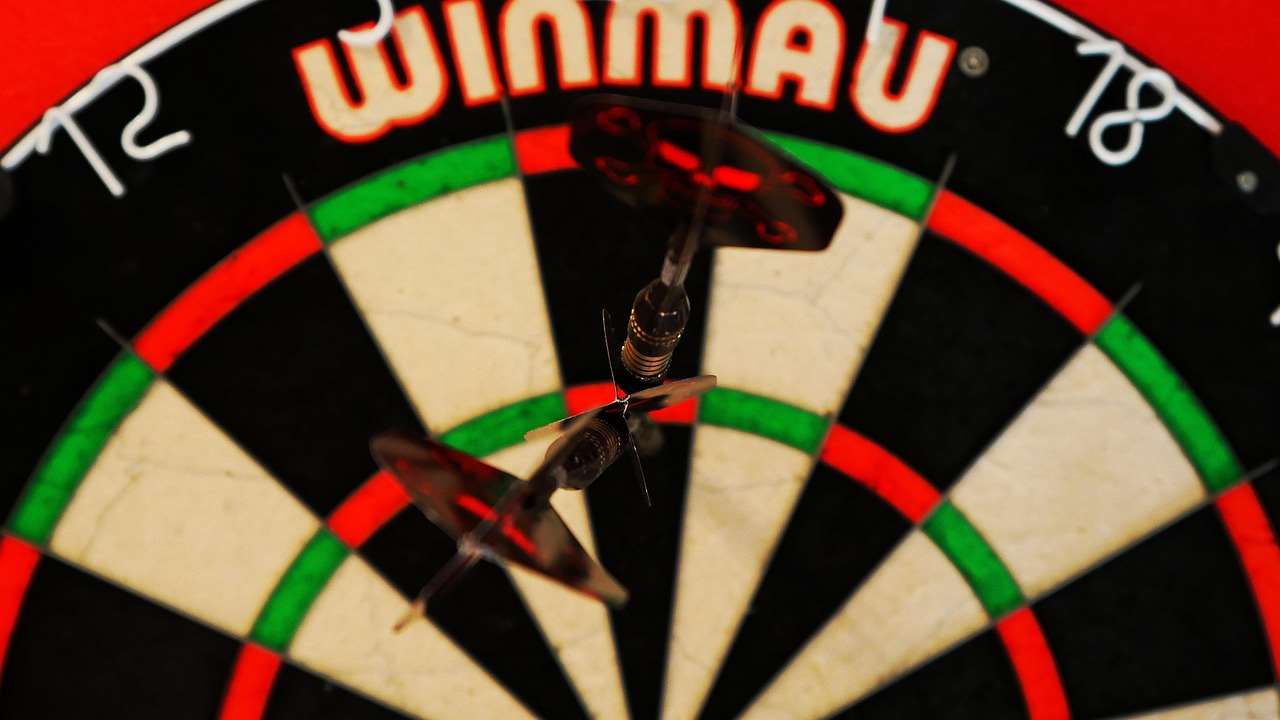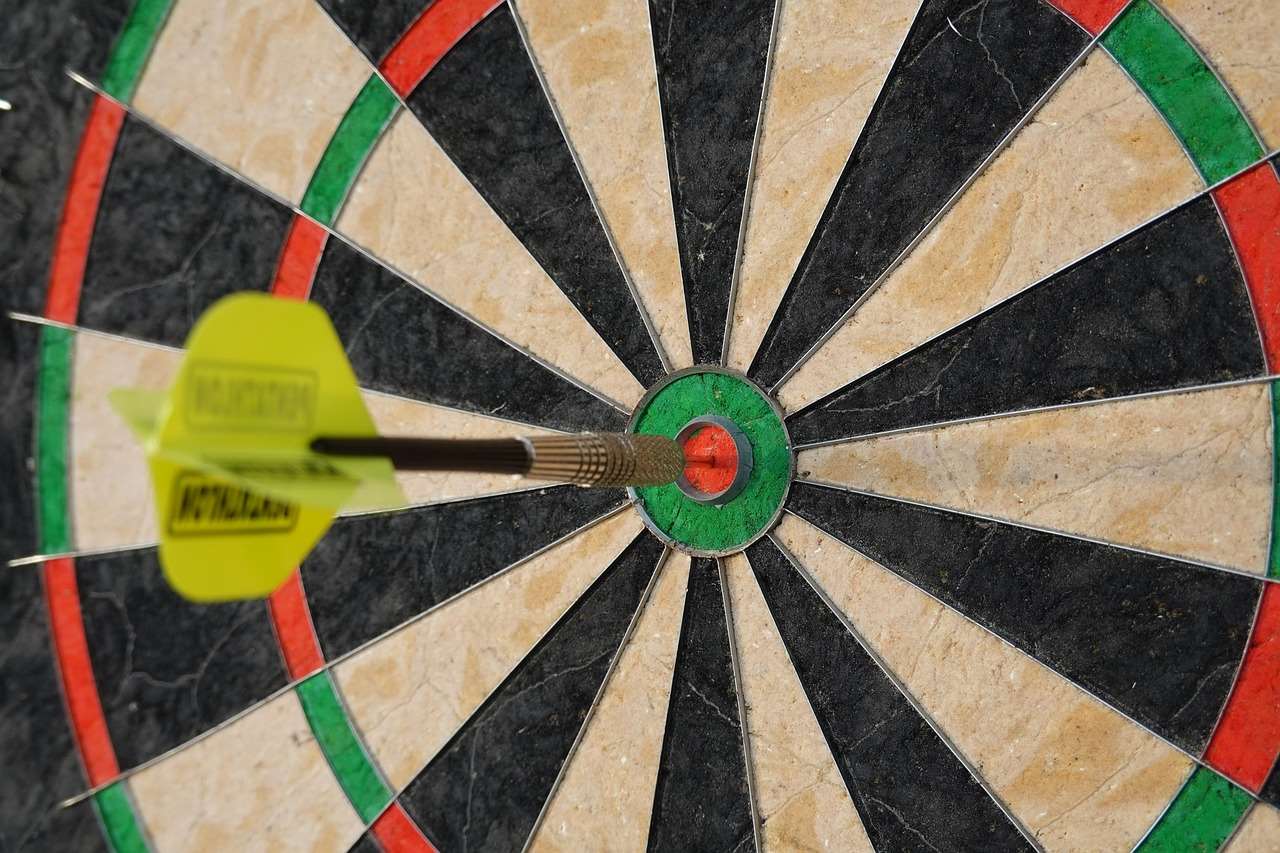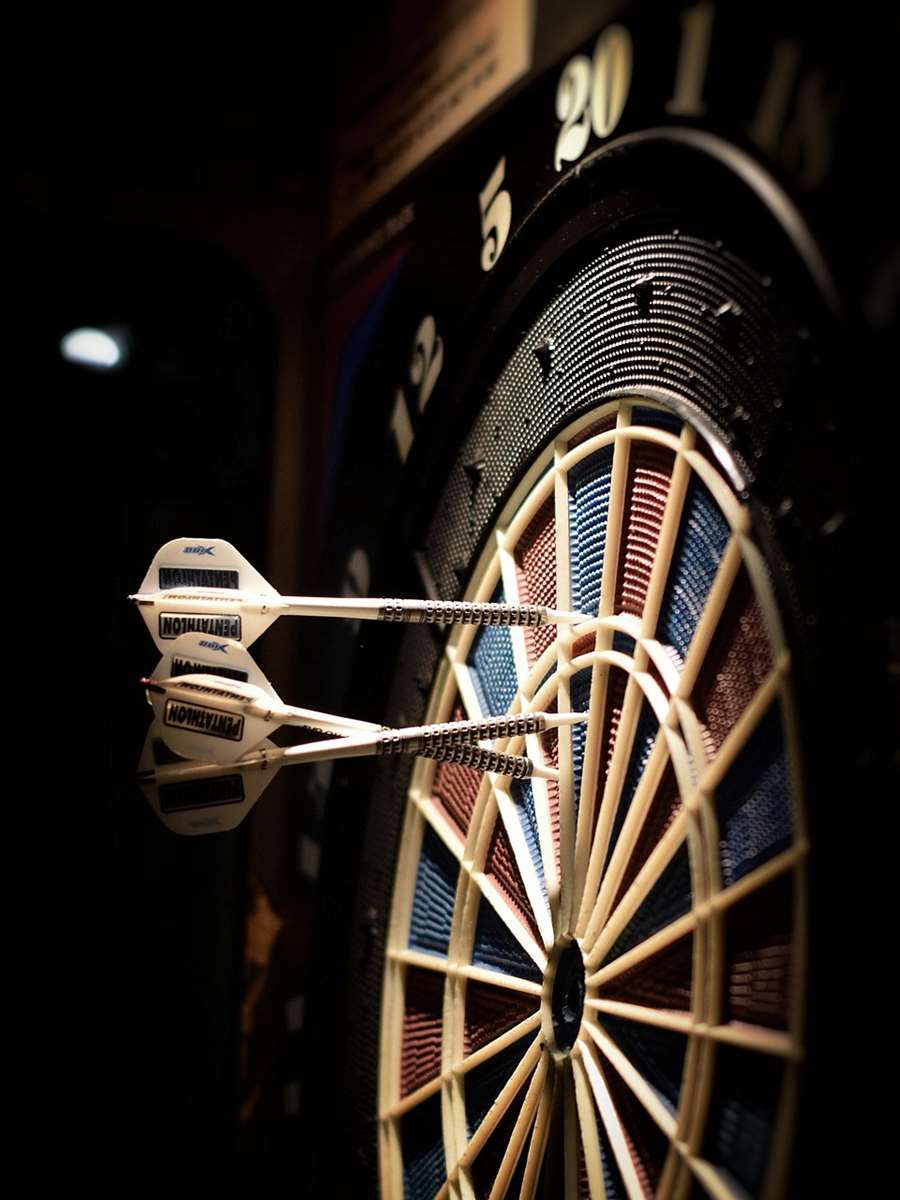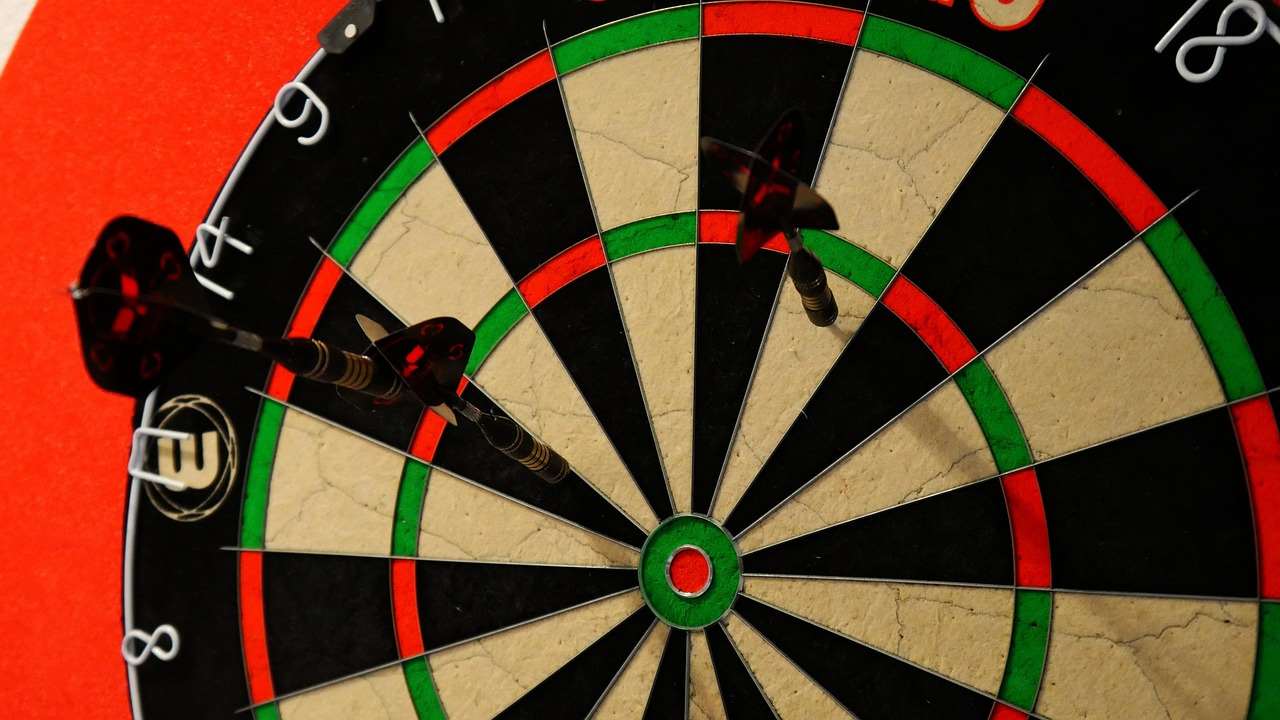When choosing between fun games vs repetitive drills, it’s about finding the right balance: games boost engagement and motivation, while drills build fundamental skills and muscle memory. This article explores the benefits and drawbacks of each approach, helping you create an effective and enjoyable learning or training experience.
⚠️ Still Using Pen & Paper (or a Chalkboard)?! ⚠️
Step into the future! The Dart Counter App handles all the scoring, suggests checkouts, and tracks your stats automatically. It's easier than you think!
Try the Smart Dart Counter App FREE!Ready for an upgrade? Click above!
The Power of Play: Embracing Fun Games
Fun games have an undeniable allure, especially when skill development feels like a chore. They offer a context where learning is incidental, almost a happy accident. The key advantage of incorporating games is increased motivation. When individuals are enjoying themselves, they’re more likely to engage actively, persevere through challenges, and retain information longer.
Consider the difference between practicing addition with a worksheet versus playing a math-based board game. The worksheet might feel tedious, but the board game provides a fun, competitive environment where addition is a necessary tool for success. This shift in perspective can be transformative.
Benefits of Fun Games
- Increased Engagement: Games naturally capture attention and keep participants involved.
- Improved Motivation: The inherent fun factor drives individuals to practice and improve.
- Contextual Learning: Skills are applied in realistic scenarios, enhancing understanding.
- Reduced Stress: The relaxed atmosphere lowers anxiety and promotes a more positive learning experience.
- Enhanced Creativity: Games often encourage problem-solving and innovative thinking.
When selecting fun games, consider factors such as age appropriateness, skill level, and learning objectives. The game should be challenging enough to promote growth but not so difficult that it leads to frustration. Also, look for games that align with the specific skills you’re trying to develop. For instance, for improved engagement and more, have you considered exploring Darts Variants Fun Games?

The Necessity of Structure: Understanding Repetitive Drills
While fun games are excellent for engagement, repetitive drills play a crucial role in building a solid foundation of skills. Drills focus on isolating and practicing specific movements or techniques until they become ingrained. This repetitive practice leads to the development of muscle memory and automaticity, allowing individuals to perform these skills efficiently and effectively.
Think about learning a musical instrument. While playing songs is enjoyable, dedicated practice of scales and chords is essential for developing the necessary finger dexterity and coordination. These drills might not be as exciting as playing a full piece, but they lay the groundwork for future musical proficiency.
Benefits of Repetitive Drills
- Skill Development: Drills target specific skills and promote mastery through focused practice.
- Muscle Memory: Repetition creates neural pathways, leading to automatic execution of skills.
- Consistency: Drills promote consistent performance by eliminating errors and refining technique.
- Improved Accuracy: Focused practice enhances precision and reduces mistakes.
- Increased Efficiency: Drills streamline movements, making them faster and more energy-efficient.
When implementing repetitive drills, it’s important to focus on quality over quantity. Encourage individuals to pay attention to their technique and make conscious corrections as needed. Also, break up long drills with short breaks to prevent fatigue and maintain focus. Varying the drills slightly can also help prevent boredom and keep individuals engaged. The history of darts games uk history of darts games uk has gone through changes to provide more engaging training.

Finding the Sweet Spot: Balancing Fun Games vs Repetitive Drills
The most effective approach often involves finding a balance between fun games vs repetitive drills. The ideal ratio will depend on factors such as the individual’s learning style, the specific skills being developed, and the overall goals. However, a general guideline is to start with games to pique interest and then gradually incorporate drills to solidify fundamental skills.
One strategy is to use games as a reward for completing drills. For example, after practicing a specific skill for a set amount of time, individuals can play a game that utilizes that skill. This approach provides a sense of accomplishment and keeps motivation high.
Practical Tips for Integration
- Start with Games: Introduce new concepts through engaging games to spark interest.
- Incorporate Drills Gradually: As skills develop, introduce targeted drills to build proficiency.
- Use Games as Rewards: Motivate individuals by rewarding drill completion with game time.
- Vary the Approach: Alternate between games and drills to prevent boredom and maintain engagement.
- Monitor Progress: Track performance in both games and drills to identify areas for improvement.
Remember that enjoyment is key. Even when incorporating drills, try to find ways to make them more engaging. This could involve setting goals, tracking progress, or adding elements of competition. Don’t neglect options available, such as exploring obscure dartboard games list.

Gamification of Drills: Making Repetition Fun
Even seemingly mundane repetitive drills can be transformed into engaging experiences through the power of gamification. This involves incorporating game-like elements into the drill structure to increase motivation and enjoyment. This is how you can take a routine task, add elements such as points, badges, leaderboards, and challenges, and suddenly find participants far more eager to engage.
For example, a coach could turn a free-throw drill in basketball into a competition by awarding points for successful shots and deducting points for missed shots. A leaderboard could track the top performers, adding a social element to the practice. Badges could be awarded for achieving specific milestones, such as making a certain number of consecutive shots.
Gamification Techniques
- Points and Rewards: Assign points for completing drills or achieving specific goals.
- Badges and Achievements: Award badges for mastering specific skills or completing challenges.
- Leaderboards and Competitions: Track performance and create friendly competition among participants.
- Challenges and Quests: Design drills as challenges or quests with specific objectives.
- Storytelling and Narrative: Incorporate a narrative element to make drills more engaging and immersive.
The key to successful gamification is to make the rewards meaningful and attainable. The challenges should be challenging enough to promote growth but not so difficult that they lead to frustration. Also, the game mechanics should be aligned with the learning objectives. When implementing this, don’t forget to understand more about ancient dart throwing games.

Adapting to Different Learning Styles: A Personalized Approach
Everyone learns differently, so it’s important to tailor the approach to individual learning styles. Some individuals thrive on the freedom and creativity of fun games, while others prefer the structure and predictability of repetitive drills. By understanding individual preferences, you can create a more effective and enjoyable learning experience.
For example, visual learners might benefit from seeing demonstrations of skills and watching videos of games being played. Auditory learners might prefer listening to instructions and participating in discussions. Kinesthetic learners might learn best by doing, so they might benefit from hands-on drills and active games.
Catering to Different Learning Styles
- Visual Learners: Use visual aids, demonstrations, and videos.
- Auditory Learners: Provide verbal instructions, discussions, and audio recordings.
- Kinesthetic Learners: Incorporate hands-on activities, drills, and games.
- Read/Write Learners: Provide written materials, assignments, and assessments.
It’s also important to be flexible and adaptable. Some individuals might initially prefer games but later find that they benefit from drills. Others might start with drills but then realize that they need more opportunities for creative expression. By being open to feedback and willing to adjust the approach, you can help individuals achieve their full potential.

Long-Term Skill Development: Sustaining Motivation
The goal isn’t just short-term improvement, but long-term skill development and sustained motivation. This requires a holistic approach that considers both the immediate needs and the future goals of the individual. The optimal blend of fun games vs repetitive drills must consider these long-term goals.
One strategy is to create a learning environment that is both challenging and supportive. Individuals should feel comfortable taking risks and making mistakes, but they should also be held accountable for their progress. Regular feedback and encouragement can help maintain motivation and prevent discouragement. Also, consider the forgotten pub dart games forgotten pub dart games for engagement.
Strategies for Long-Term Success
- Set Realistic Goals: Establish achievable goals that provide a sense of accomplishment.
- Provide Regular Feedback: Offer constructive feedback to guide improvement.
- Celebrate Successes: Acknowledge and celebrate milestones to maintain motivation.
- Encourage Collaboration: Foster a supportive environment where individuals can learn from each other.
- Promote Lifelong Learning: Instill a passion for learning and continuous improvement.
Ultimately, the key to long-term success is to create a learning experience that is both effective and enjoyable. By finding the right balance between fun games vs repetitive drills, you can help individuals develop the skills they need to succeed and maintain the motivation to continue learning.
Conclusion: Finding Your Perfect Balance
In the debate of fun games vs repetitive drills, there’s no single “right” answer. The ideal approach depends on individual needs, learning styles, and the specific skills being developed. Games excel at boosting engagement and creating a positive learning environment, while drills are essential for building fundamental skills and muscle memory. The most effective strategy involves a balanced approach, integrating games and drills in a way that maximizes both motivation and skill development. By understanding the benefits of each approach and tailoring the experience to individual preferences, you can create a powerful learning environment that fosters both short-term gains and long-term success. Now, consider how you can incorporate these strategies into your own training or learning programs. Are you ready to experiment with different approaches and find the perfect balance for yourself or your team?
Hi, I’m Dieter, and I created Dartcounter (Dartcounterapp.com). My motivation wasn’t being a darts expert – quite the opposite! When I first started playing, I loved the game but found keeping accurate scores and tracking stats difficult and distracting.
I figured I couldn’t be the only one struggling with this. So, I decided to build a solution: an easy-to-use application that everyone, no matter their experience level, could use to manage scoring effortlessly.
My goal for Dartcounter was simple: let the app handle the numbers – the scoring, the averages, the stats, even checkout suggestions – so players could focus purely on their throw and enjoying the game. It began as a way to solve my own beginner’s problem, and I’m thrilled it has grown into a helpful tool for the wider darts community.